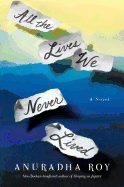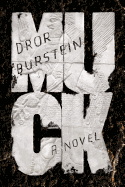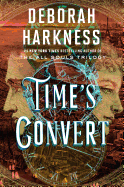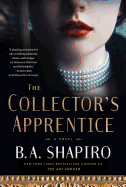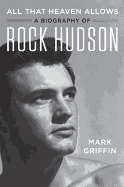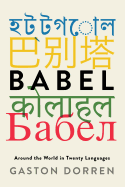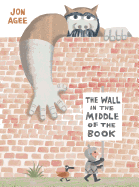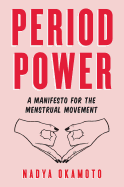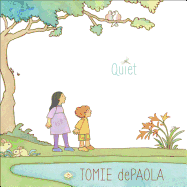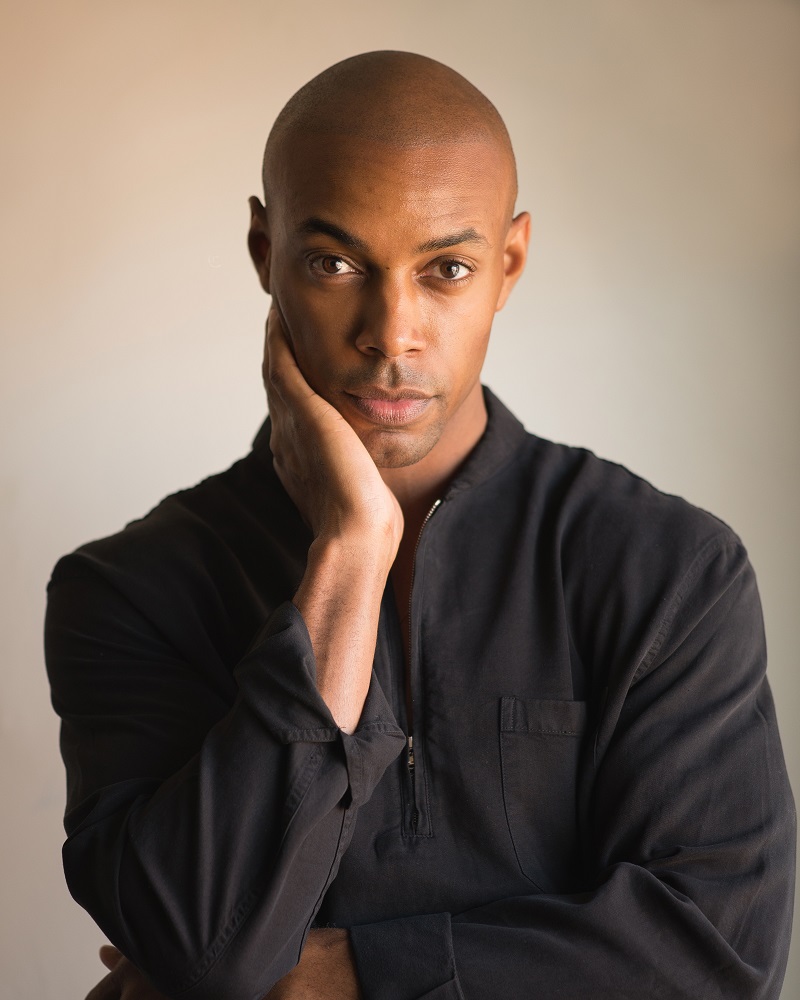 |
| photo: Hallo Smith |
Casey Gerald grew up in Oak Cliff, Tex., and went to Yale, where he majored in political science and played varsity football. After receiving an MBA from Harvard Business School, he cofounded MBAs Across America. He's the author of There Will Be No Miracles Here (Riverhead, October 2), a memoir that stands the American Dream narrative on its head.
On your nightstand now:
Don't hate me, but I'm reading my own book right now--I sleep with it next to me--because it's my first book and it is about to be released and it's all still surreal.
Favorite book when you were a child:
The Boxcar Children by Gertrude Chandler Warner. It taught me that, sometimes, it doesn't matter what you have--all that matters is what you're trying to do.
Your top five authors:
Clarice Lispector, Jean Genet, Toni Morrison, David & the other folks who wrote Psalms and Robert Caro.
Book you've faked reading:
I didn't start reading until I was nearly 23 years old. Not that I couldn't; just didn't. It is liberating to tell that truth and not be ashamed, because I never feel the need to fake-read anything. As I catch up on all the "classics," I realize that, often--as with Hemingway--I haven't missed much.
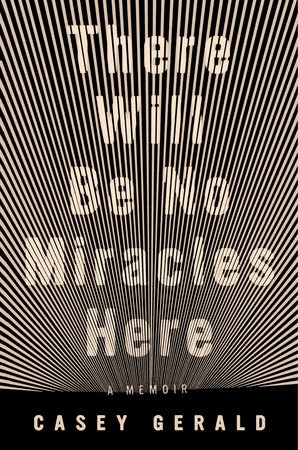 Book you're an evangelist for:
Book you're an evangelist for:
I have probably bought more copies of Marianne Williamson's A Return to Love for people than any other book. The ways my generation was taught to live, love, believe and work have failed, and this book has helped me and many of my peers see another way and find a path toward healing.
Book you've bought for the cover:
The latest New Directions edition of The Book of Disquiet by Fernando Pessoa. It just blew me away. Can't say the same for the actual book, only because I put it down a few pages in, for some reason I can't remember.
Book you hid from your parents:
I didn't have to hide things from my parents because, by my teenage years, they weren't around.
Book that changed your life:
Giovanni's Room. I read it when I was 24, and there was no turning back after this line: "People can't, unhappily, invent their mooring posts, their lovers and their friends, anymore than they can invent their parents. Life gives these and also takes them away and the great difficulty is to say Yes to life."
Favorite line from a book:
"Jesus wept."
Five books you'll never part with:
As Maya Angelou said, I've never seen a hearse with a hitch. So I'll part with everything, happily. But five books I will cherish until then:
The Testament of Mary by Colm Tóibín--it taught me so much about confession, and about the radical, subversive result of giving an old story to a new person who had, previously, been silenced.
Good Times by Lucille Clifton. A poem like "won't you celebrate with me" can help me through any dark time: "come celebrate/ with me that everyday/ something has tried to kill me/ and has failed."
Cruising Utopia by José Esteban Muñoz. I was reading this book when I was informed that a dear friend had taken his life. Muñoz writes: "This world is not enough." His book is an attempt to find a way to live, anyhow.
On the Road by Jack Kerouac. I keep trying to accept all the ways in which this novel is second-rate and/or problematic, but I feel about it the way I feel about my first love--the impact on me was just too great to save a lot of space for legitimate criticism.
Journal of Albion Moonlight by Kenneth Patchen. Strangest and, perhaps, greatest book I've ever read. I'll leave it at that.
Book you most want to read again for the first time:
On the Road, for sure. In part because I would also, in this scenario, be 23 and a lot less tired.




.jpg)
.jpg)
.jpg)

 Book you're an evangelist for:
Book you're an evangelist for: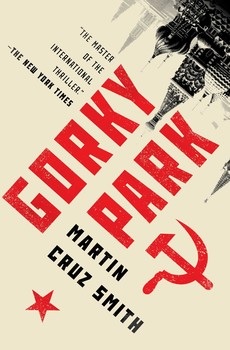 Mystery writer Martin Cruz Smith, best known for his novels with Russian detective Arkady Renko, is set to receive a
Mystery writer Martin Cruz Smith, best known for his novels with Russian detective Arkady Renko, is set to receive a 